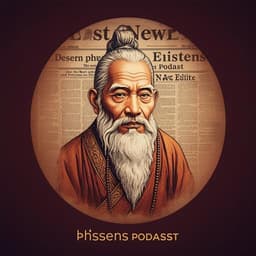
Political Science
Hate speech revisited in Romanian political discourse: from the Legion of the Archangel Michael (1927–1941) to AUR (2020–present day)
O. C. Gheorghiu and A. Praisler
Discover an in-depth analysis of the Alianța pentru Uniunea Românilor (AUR) party's rhetoric in Romania, revealing alarming similarities to the interwar Legion of the Archangel Michael. This research by Oana Celia Gheorghiu and Alexandru Praisler uncovers persistent ultranationalism and the targeting of minorities, raising crucial discussions on xenophobia, homophobia, and misogyny in modern discourse.
~3 min • Beginner • English
Related Publications
Explore these studies to deepen your understanding of the subject.







